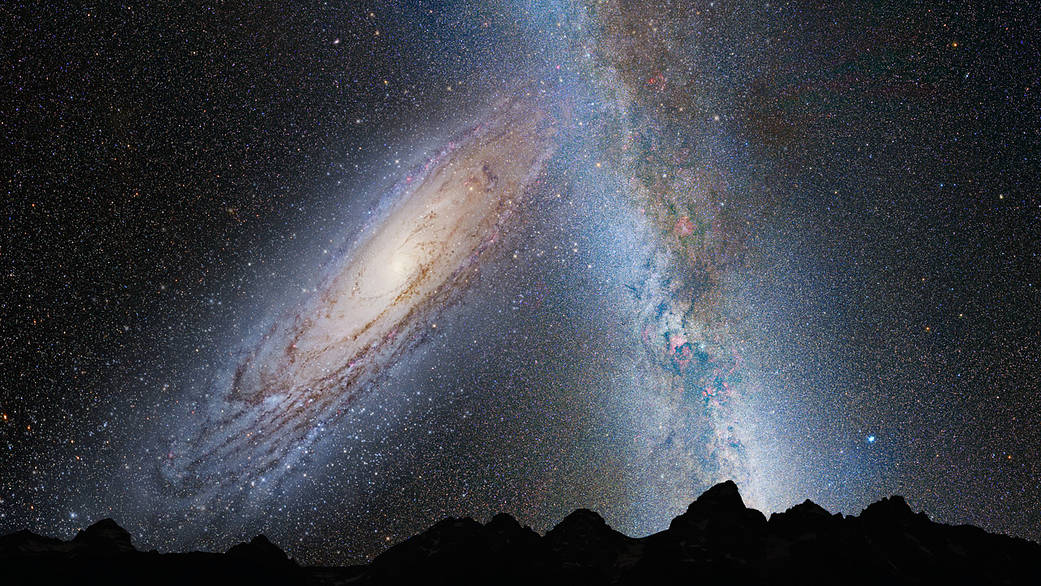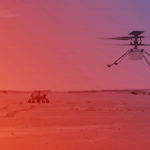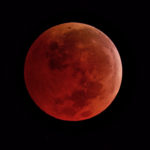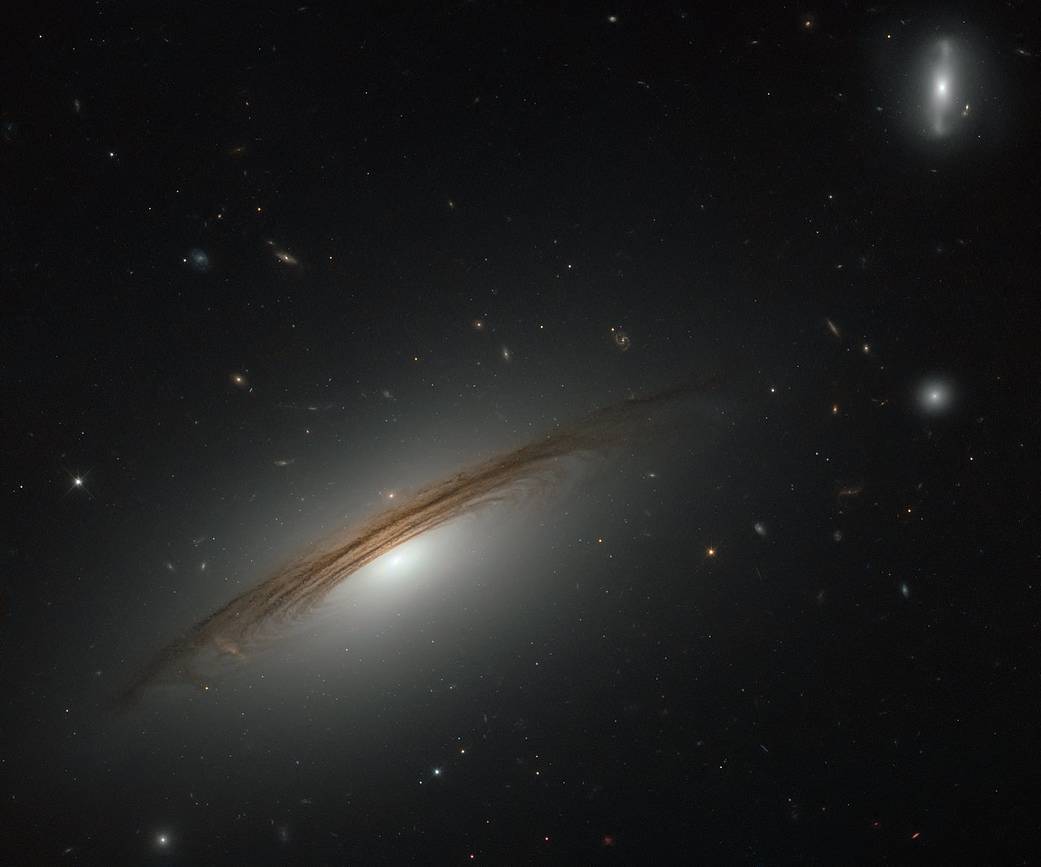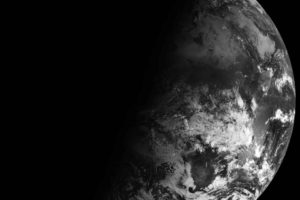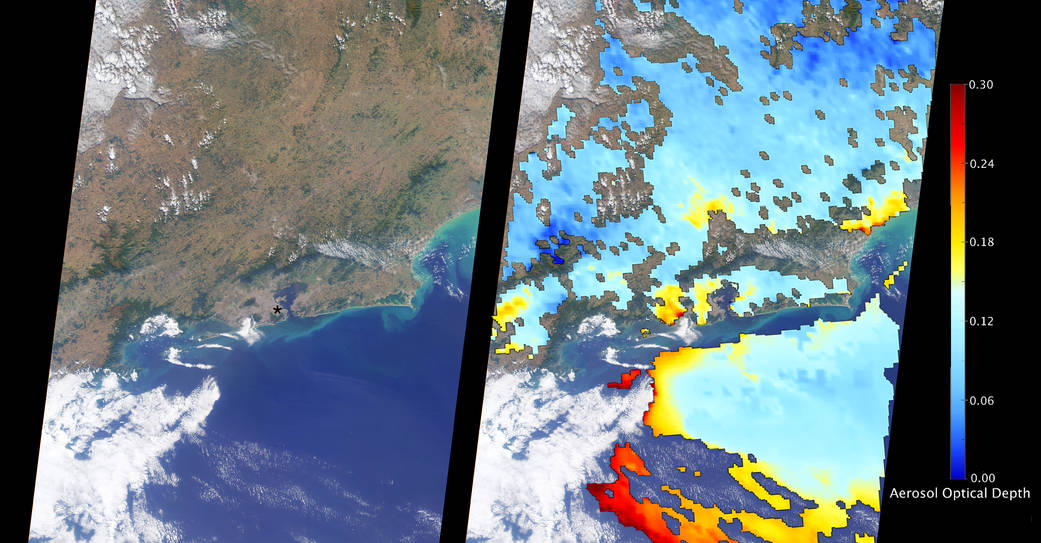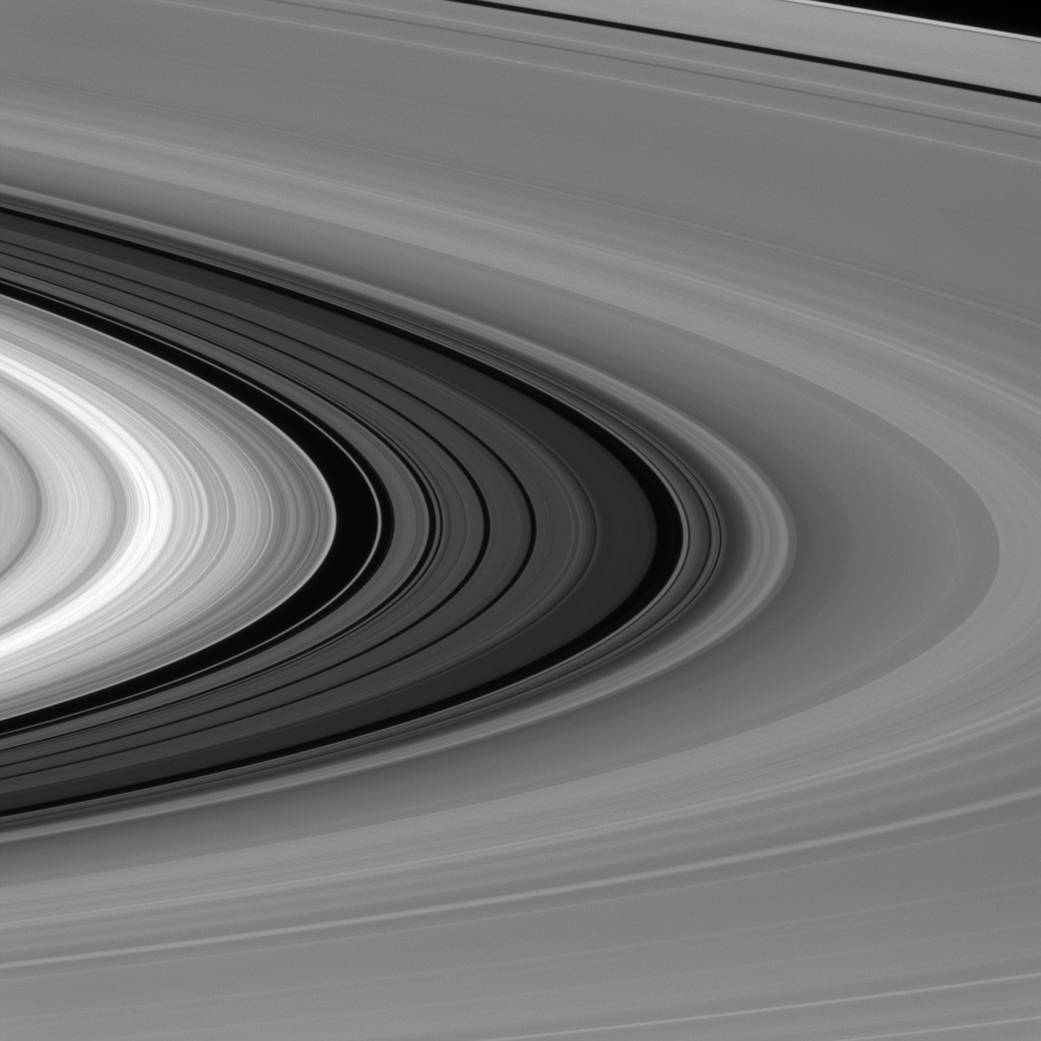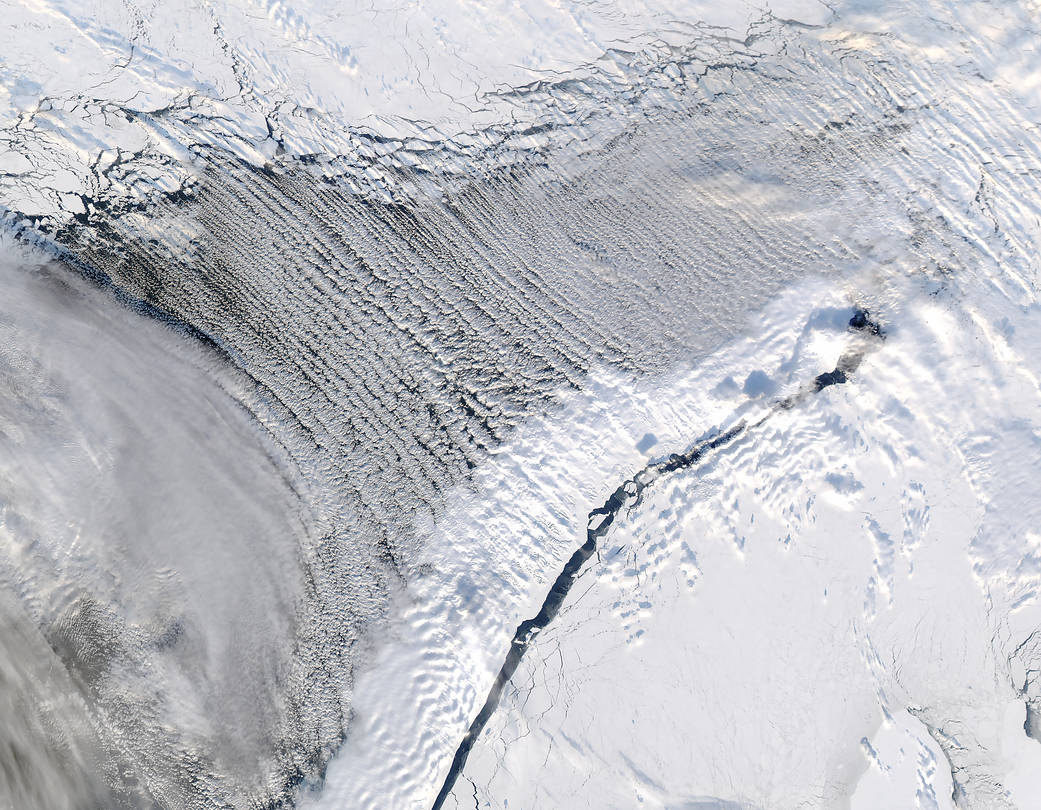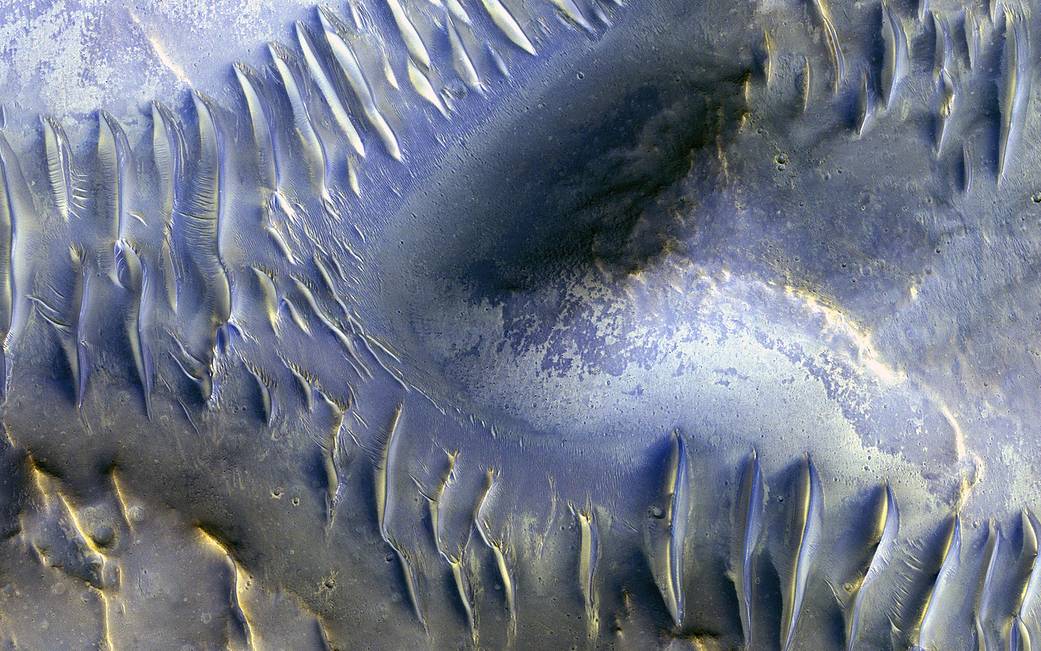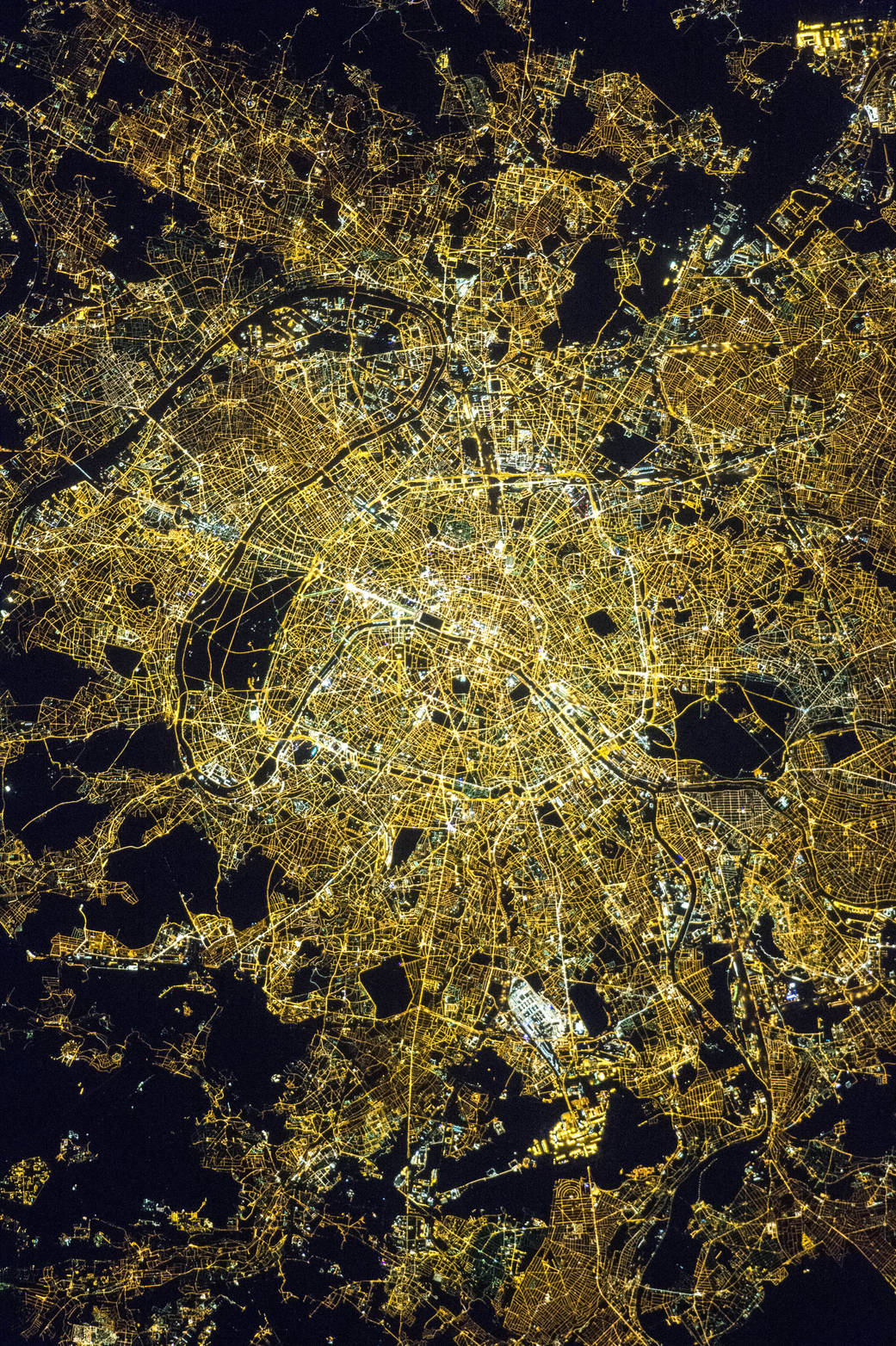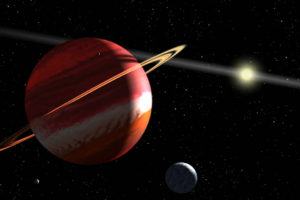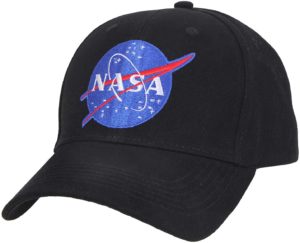NASAの今日の1枚は、天の川銀河とアンドロメダ銀河です。
この画像はイメージであり、左側のアンドロメダ銀河と右側の天の川銀河の画像を合成したものです。
ハッブル宇宙望遠鏡による観測結果から、この2つの銀河は約40億年(正確には37.5億年)後に衝突するとNASAは伝えています。
地球が天の川銀河にあるので、その衝突の際にどうなってしまうのか心配ですが、その時まで私たちが生きていることは40億%ありませんのでご安心下さい。
NASAの公式サイトのURLはこちら:
Hubble Shows Us the Future | NASA
以下はオリジナル原文と和訳です。
Hubble Shows Us the Future
Sometime in the far distant future, about 4 billion years from now, our Milky Way galaxy will collide with the neighboring Andromeda galaxy, as illustrated in this artist’s rendition.
遠い未来のいつか、今から約40億年後に、私たちの天の川銀河は隣接するアンドロメダ銀河と衝突することを表現したイメージ画像です。
The universe is expanding and accelerating, and collisions between galaxies in close proximity to each other still happen because they are bound by the gravity of the dark matter surrounding them. The Hubble Space Telescope’s deep views of the universe show such encounters between galaxies were more common in the past when the universe was smaller.
宇宙は膨張と加速を続けており、銀河を取り巻く暗黒物質の重力に拘束されているため、互いに近接している銀河同士が衝突することは起こり続けています。ハッブル宇宙望遠鏡による宇宙の遥か彼方までの観測により、宇宙が小さかった過去には、銀河間の衝突がかなり一般的に発生していたであろうことが分かっています。
A century ago astronomers did not realize that M31 was a separate galaxy far beyond the stars of the Milky Way. Edwin Hubble measured its vast distance by uncovering a variable star that served as a “milepost marker.”
1世紀前、天文学者たちは、M31が天の川銀河のはるか遠くにある別の銀河であることを認識していませんでした。エドウィンハッブルは、「マイルポストマーカー」として使うことができる変光星を見つけ出すことで、果てしないほどの遠い距離を測定することができるようになりました。
Hubble went on to discover the expanding universe where galaxies are rushing away from us, but it has long been known that M31 is moving toward the Milky Way at about 250,000 miles per hour. That is fast enough to travel from here to the moon in one hour.
ハッブルは銀河が急速に遠ざかることから宇宙が膨張していることを発見しましたが、M31が時速約25万マイルで天の川に向かって移動していることは以前から知られていました。その速さは、地球から月まで1時間で移動できる速さです。
Image Credit: NASA; ESA; A. Feild and R. van der Marel, STScI
Last Updated: Mar 17, 2021Editor: Yvette Smith
